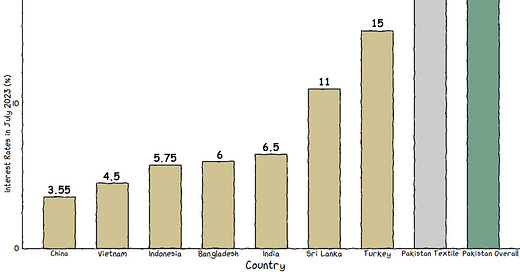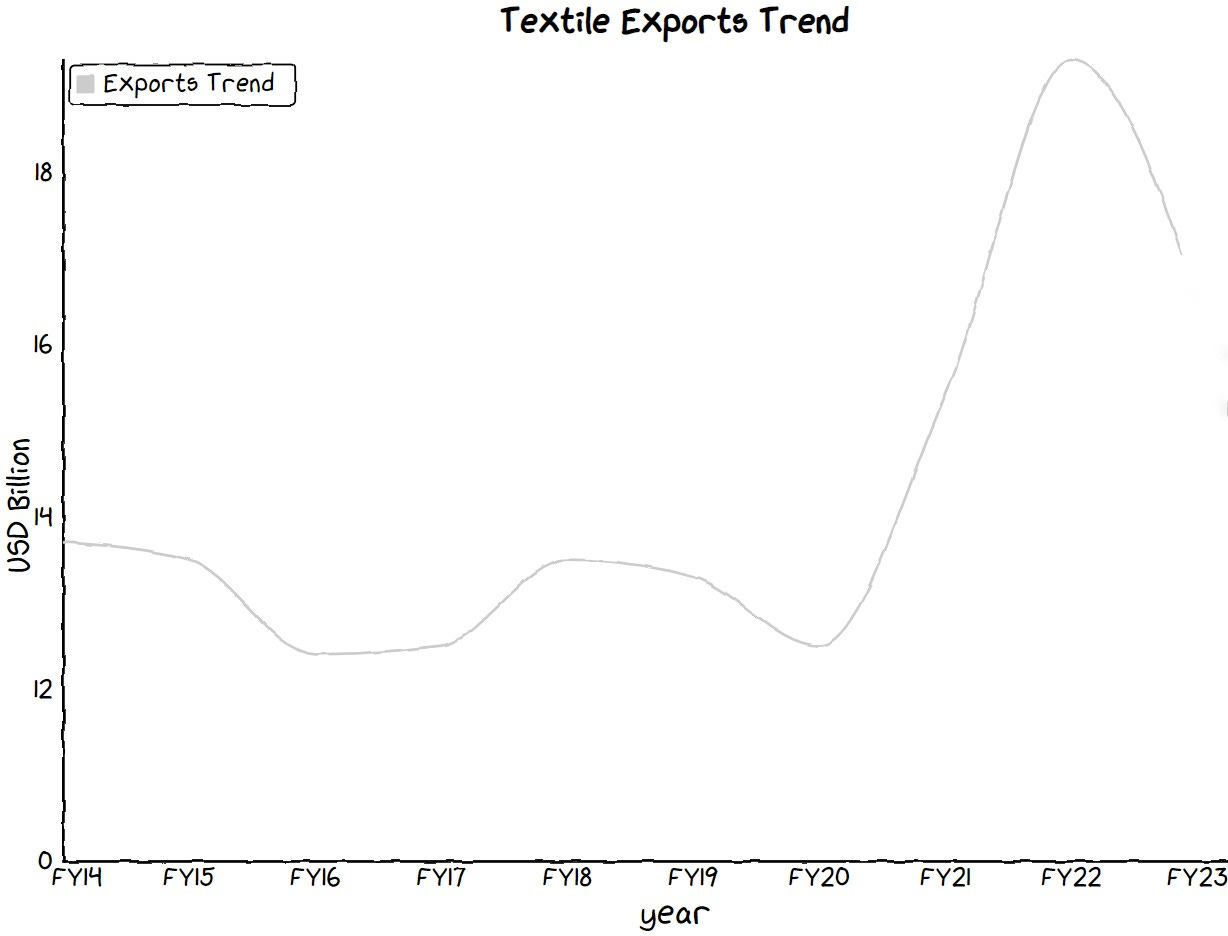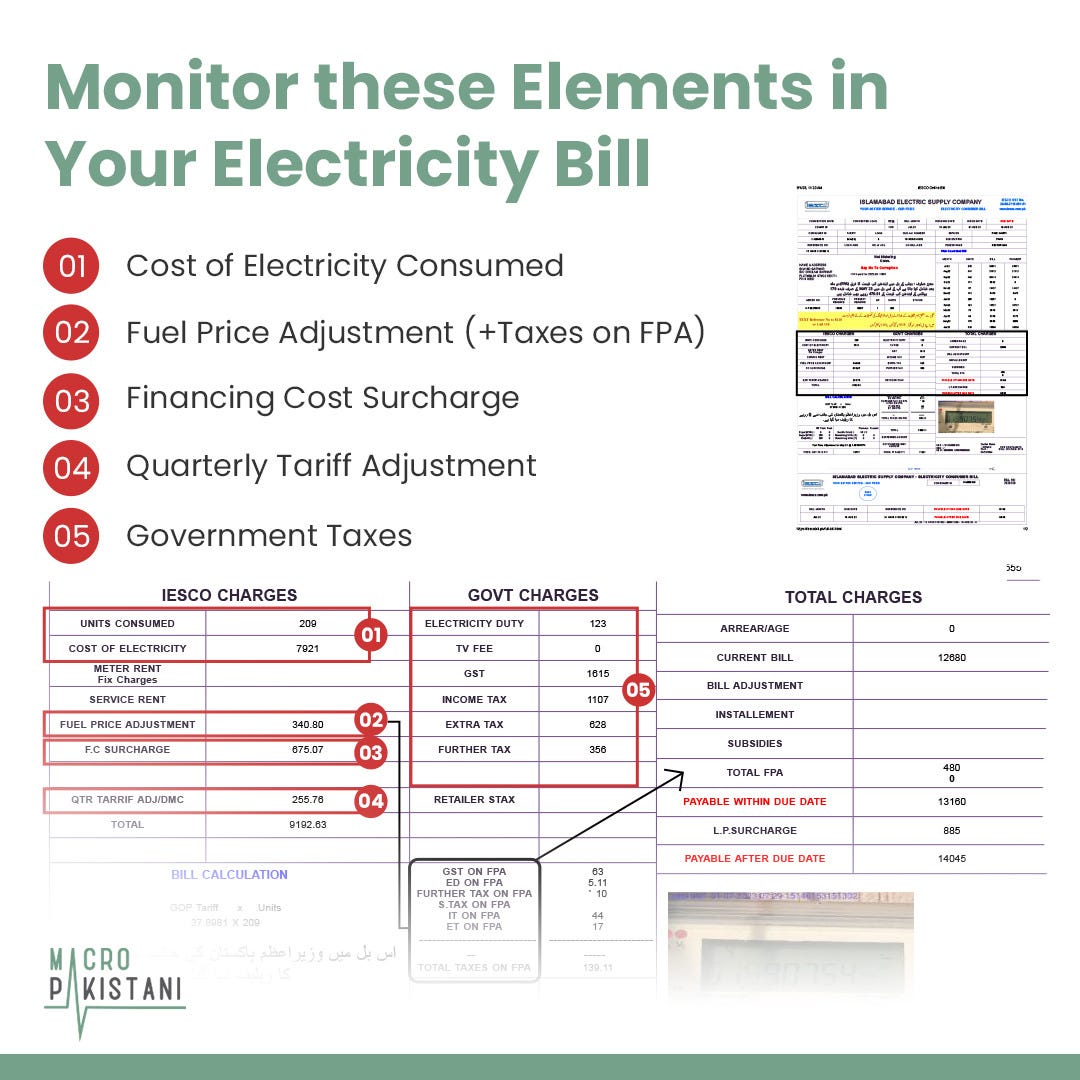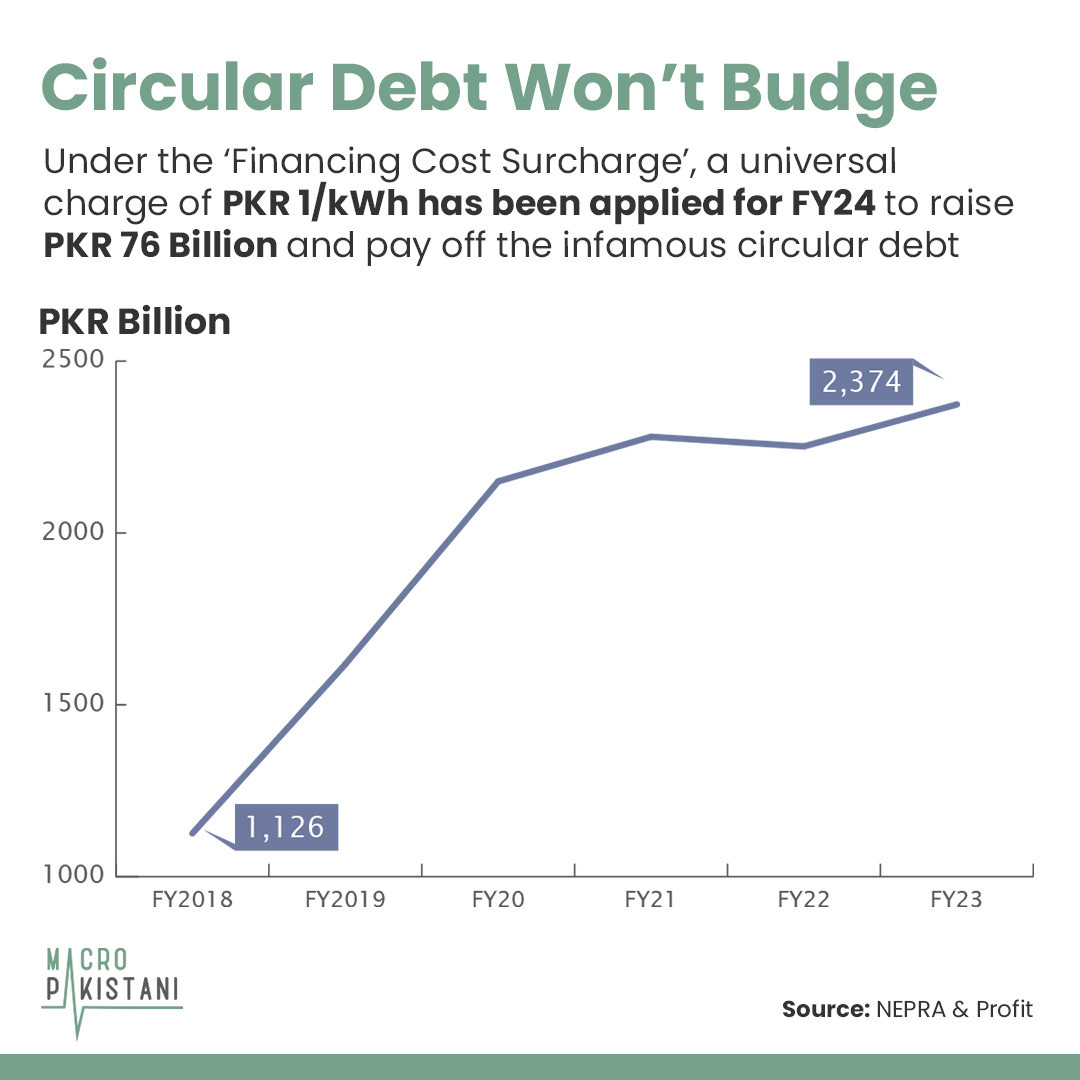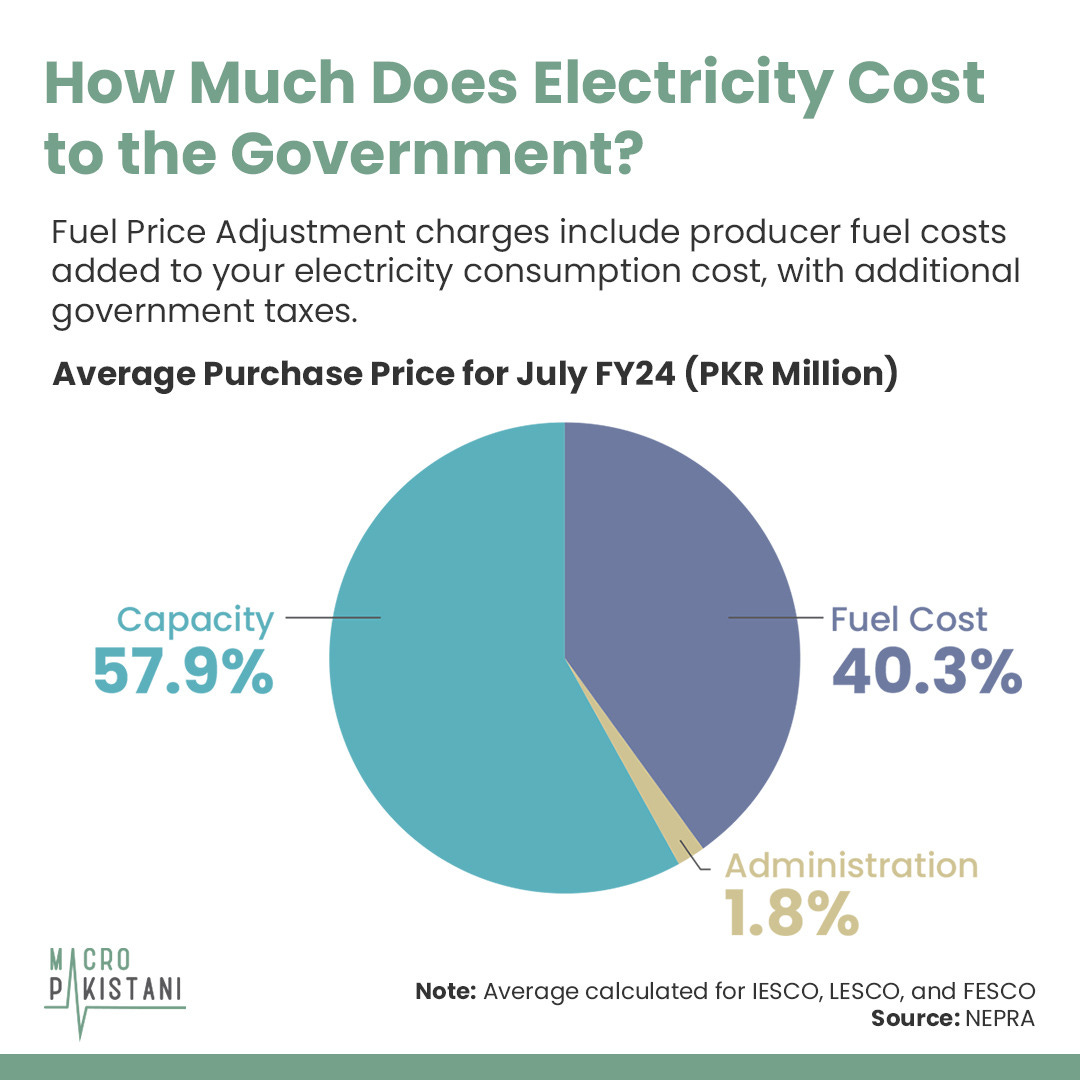Loom-ing Dangers for the Textile Industry
The textile industry finds itself vulnerable to Pakistan's macroeconomic hurdles, experiencing a 9% decline in exports in July 2023 (YoY).
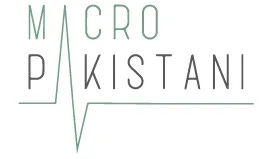
The goal, set by the federal minister for the industries and production division, is to achieve a textile export value of USD 25 billion. The textile industry is one of the strongest industries in Pakistan, thereby supporting millions of livelihoods and billions of exports. However, low local cotton yield, imposition of import restrictions, and a volatile macroeconomic climate have led to a 15% decline in textile exports since FY2022. Being a part of the All Pakistan Textile Mills Association (APTMA), the minister is well aware of the circumstances surrounding this downfall. Is his plan actionable for a temporary setup?
Before we set to reverse the damage, let us diagnose it first.
Firstly, Pakistan’s textile industry only produces low-value products that are primarily composed of cloth and yarn. In contrast to Bangladesh, which imports cotton but still excels in exporting value-added items thereby, earning a substantial USD 46.8 billion solely from ready-made garments in FY2023, this doesn't bring positive tidings (for context, Pakistan’s total export goal for this year is USD 80 billion, with a bumper cotton crop and increased demand for Pakistani rice following the Indian export ban, the balance of trade could benefit by up to USD 3 billion per annum.That’s the size of the International Monetary Fund (IMF) Stand-By Arrangement).
Secondly, unavailable yet expensive utilities result in shutdowns leading to low production and high costs. This doesn’t bode well for the industry, as it relies on high volume and low margins.
Lastly, the government has been retracting its support facilities for the industry, leading to the industry bearing a substantial interest rate of 19%.
APTMA’s plan suggests setting up multiple garment plants and business parks to concentrate investments and benefit from a potential agglomeration economy. The minister has promised improvements in terms of problems concerned with gas, electricity, letters of credit, etc. Yet, his flexibility in this matter is questionable, considering he is part of a temporary arrangement with limited autonomy.
GRAPHICS
As rising electricity prices burden the everyday Pakistani🇵🇰, we have created a short guide on what constitutes your electricity bill.
Most importantly where is this money going? 😯
Here’s what you see when you receive the ominous bill at your doorstep:
⚫ Cost of Electricity Consumed
⚫ Fuel Price Adjustment (+Taxes on FPA)
⚫ Financing Cost Surcharge
⚫ Quarterly Tariff Adjustment
⚫ Government Taxes
Ideally, you would only pay for the first and the last component and rest in your air-conditioned room. However, due to periodic missteps in Pakistan’s🇵🇰 history, we have accumulated excessive levels of debt. If that wasn’t enough, the country’s structure for energy production leaves it vulnerable to changes in fuel prices. 🛢️
Moreover, the government frequently recoups losses due to theft, transmission issues, and more from its law-abiding citizens. ⚡
The story is aged and melancholic, will Pakistan’s future bring any relief?
Data Visualization & Marketing Partner: Brand Nib
Visit: https://macropakistani.com/advertise/
Improve brand awareness for your startup/business or amplify the reach of your ongoing marketing campaigns by promoting them on Macro Pakistani. We are doing/have done successful paid collaborations with:
Send an email to hello@macropakistani.com
About Us: Macro Pakistani is a data-driven research platform that aims to provide a basic understanding of Pakistan’s economy. If you have an interest in contemporary news but are currently overburdened with sensationalism and specialized vocabulary, we are the platform for you.
How are we doing? Please send us any questions, comments or suggestions by replying to this email.
